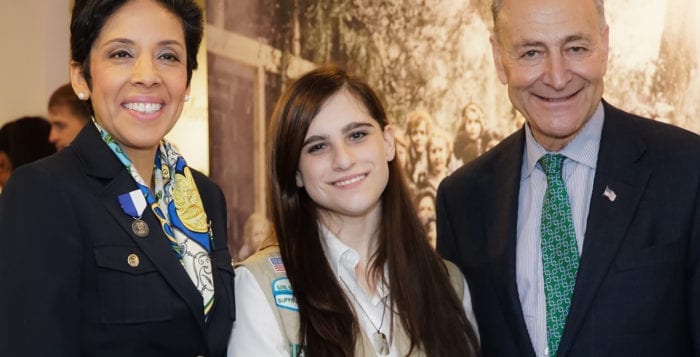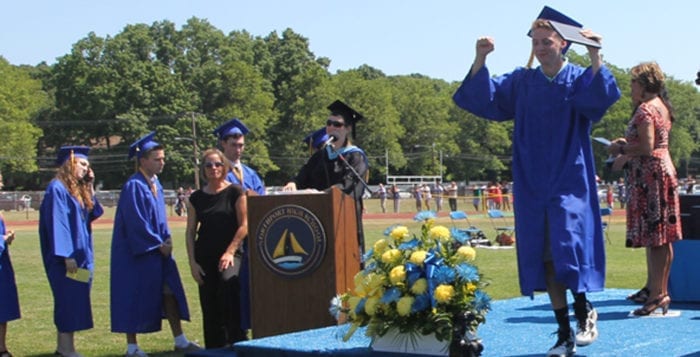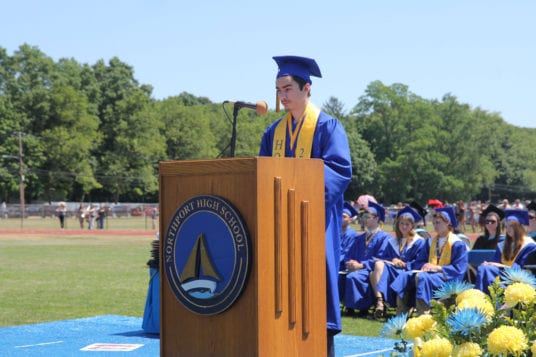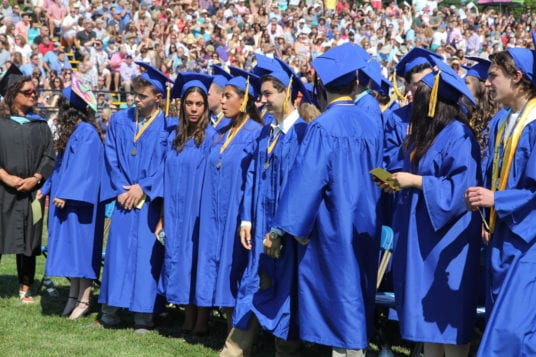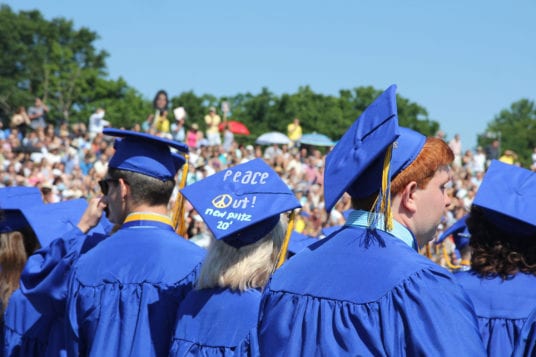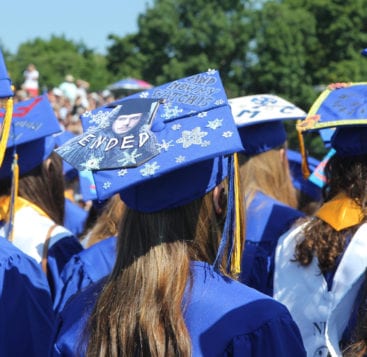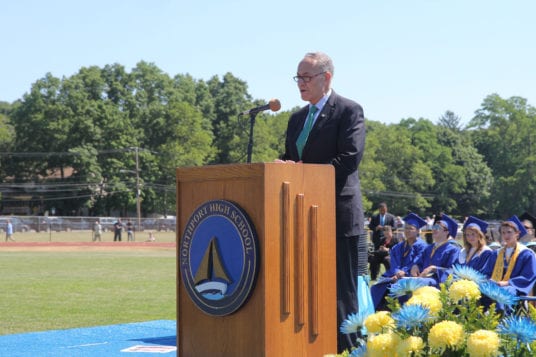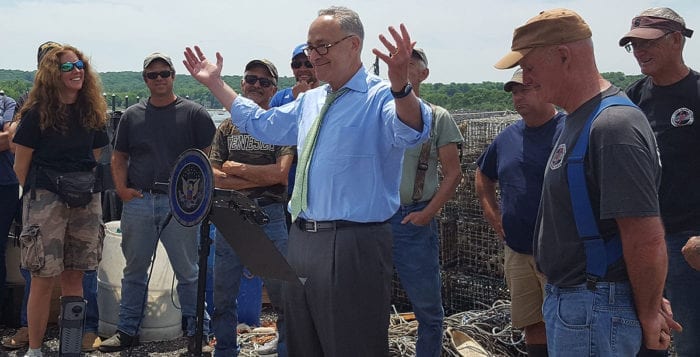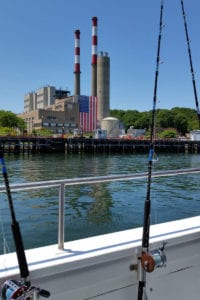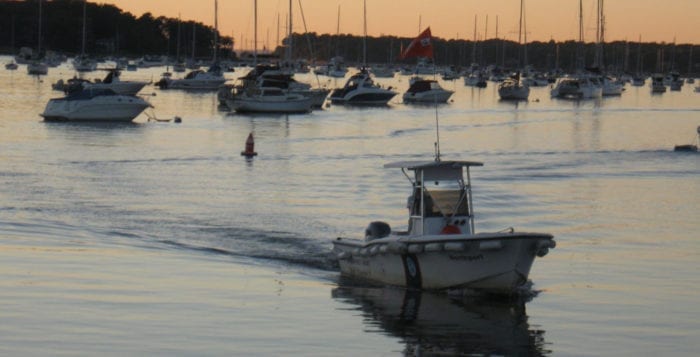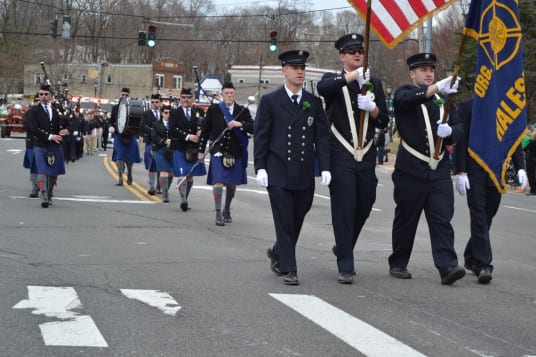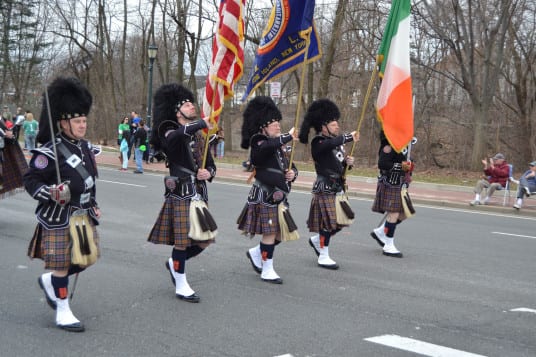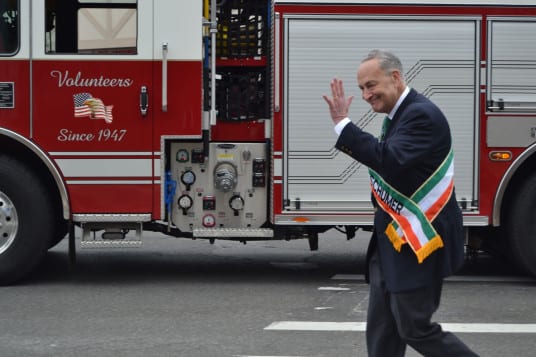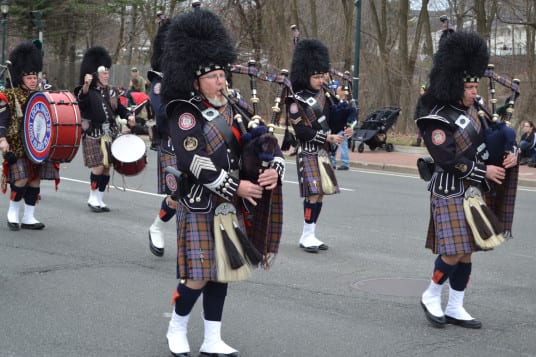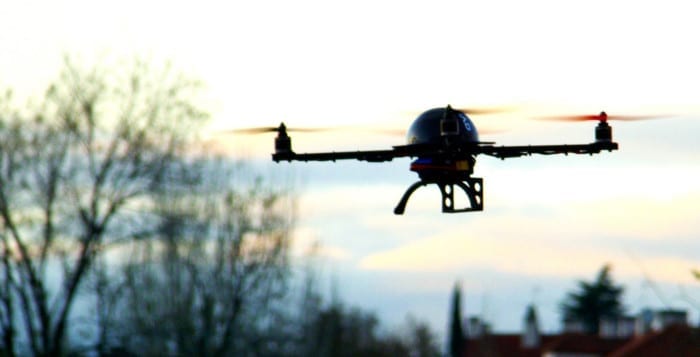Skylar Intravaia was diagnosed with Asperger’s syndrome at age 9, but never let her high-functioning form of autism hold her back.
“A lot of that has to do with how we dealt with her diagnosis,” her mother Jenn Intravaia said. “We immediately brought her to the library to learn about her diagnosis. We told her she’s not broken — she’s just different. We told her she may have to learn things differently, or learn to do things differently, but that she can do anything she wants to do. That’s how we’ve approached everything. And she’s done fabulous.”

So fabulously that she graduated from Rocky Point High School this past weekend, and also earned her Girl Scout Gold Award after completing 80 hours of volunteer service on a self-made project that makes a difference in the community.
Skylar Intravaia’s project was fitting for the senior. She realized that there were more students at various points on the autism spectrum in her community than she first thought, and wanted to help kids the way she was helped, in learning to adjust to and deal with her diagnosis.
“I know I had trouble socializing with other kids and making friends when I was younger, and as I got older, I was able to understand that better and I had many more friends,” she said. “Now I’m much more social, but a lot of kids on the autism spectrum don’t get that. I knew I wanted to do something.”
What resulted was the creation of a recreation night. Letters were handed out to nearly 60 kids in the area, and those who wished to attend got together to hang out outside of school, whether it were playing games and just socializing or going out to play laser tag or make plaster paintings.
“I just wanted to figure out something that would help everyone get through what I was facing, because I knew it was so hard for me to get those social skills,” Intravaia said. “I knew it would make things easier while also being really fun.”
The project became so successful that kids would come up to her in the hallway asking when the next meeting was, or she’d receive emails from parents saying how much fun their children had or how much the program was helping.

Although running into some difficulties, as the North Shore Youth Council stopped letting her hold meetings there, she received help from the girls at CreativeZone in Rocky Point, who let her move the meetings there for free.
“Despite some of the challenges along her journey, she was able to come up with some ways around those, and I’m very proud of her,” said Donna McCauley, one of Intravaia’s troop leaders and the service unit team registrar and Gold Award coordinator for Rocky Point. “I was really impressed with her ability to advocate for herself and problem solve along the way. I knew she was going to incorporate that into her project, because it needed to be something they’re passionate about. She’s very mature, reached out and asked for help, and I was really proud to see her accomplishments.”
Following receiving her award, Intravaia said she had many unique opportunities, such as meeting Brookhaven Councilwoman Jane Bonner (C-Rocky Point), Suffolk County Legislature Sarah Anker (D-Mount Sinai) and U.S. Sen. Chuck Schumer (D-NY), and opening NASDAQ.
Anker said she was honored to have met someone so motivated.

“I would like to extend my sincere congratulations to Skylar for receiving her Gold Award, the highest honor in Girl Scouts,” she said. “She’s amazing. Through her hard work and dedication, she has overcome challenges in her life to help others and is a source of inspiration for her community.”
Intravaia has benefited immensely from Girl Scouts. She’s been known to always help others, whether it be offering to fold laundry for the elderly, stopping to pick up items dropped by a passerby, or beautifying her community.
“She’s been able to do anything she’s set her mind to,” Jenn Intravaia said.
Her daughter will be attending St. Francis College, where she will live this fall, and continue to help those around her.
“She’s learned about community service, how to accept people, it’s been a wonderful experience,” Intravaia said. “She was able to speak to her classmates about what it’s like to have autism, and explained how her brain just operated differently. She started speaking at assemblies and started to become an advocate. I think part of that is because of Girl Scouts. She learned not to hide. She’s a very strong-willed girl. It’s allowed her to be successful.”

